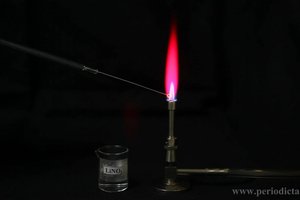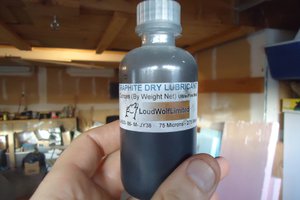The best thing about coming up with the new material (for use in batteries) Li2SiO3 and K2SiO3 is that I can use it elsewhere. These materials have been used for fire proofing wood in the past and as an antifungal on fruit trees. But none has proposed using them in batteries or energy storage.
They are by far the cheapest to produce Anode materials and provide the second highest theoretical energy storage material next to only lithium or potassium silicide(Li2Si K2Si).
Lithium Supercapbatteries are limited to 2.7 volts potential anyway so it makes zero sense to use 4 volt capable graphite or graphene anodes. Lithium silicate or potassium silicate are only capable of a potential of 2 volts so they are perfectly matched to this application.
So I will be simply stealing the anode from one of my other batteries and matching it with an oxidized activated carbon cathode.
What will be interesting to see is if I can use potassium iodide in the electrolyte as a redox mediator and get more storage due to faradaic redox reactions at the cathode from reduction of iodium ions.
The development of this will be much shorter than the rest of my projects simply to the fact that developing the others enable the ease of this ones construction.
This documentation describes Open Hardware and is licensed under the
CERN OHL v. 1.2.
You may redistribute and modify this documentation under the terms of the
CERN OHL v.1.2. (http://ohwr.org/cernohl). This documentation is distributed
WITHOUT ANY EXPRESS OR IMPLIED WARRANTY, INCLUDING OF
MERCHANTABILITY, SATISFACTORY QUALITY AND FITNESS FOR A
PARTICULAR PURPOSE. Please see the CERN OHL v.1.2 for applicable
conditions
 MECHANICUS
MECHANICUS


 nervousapps
nervousapps